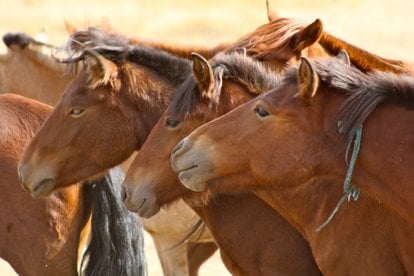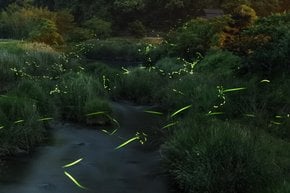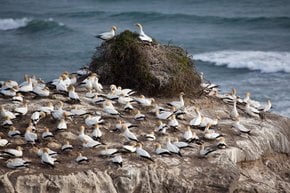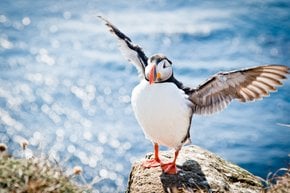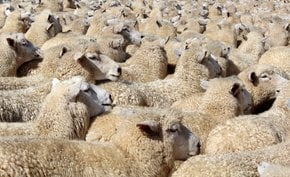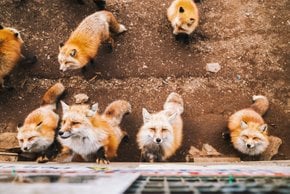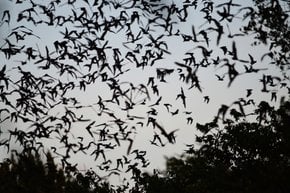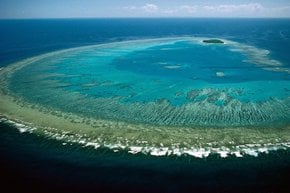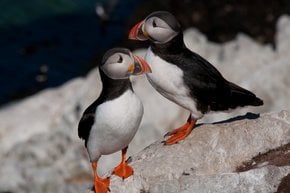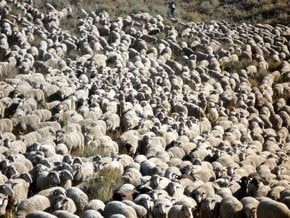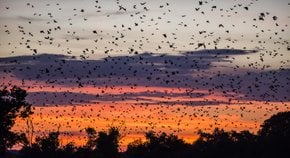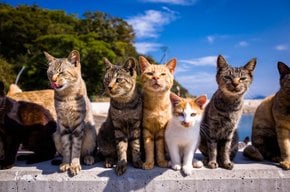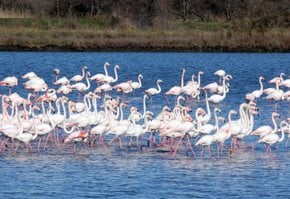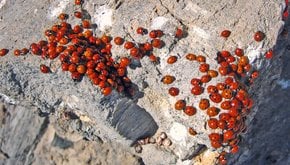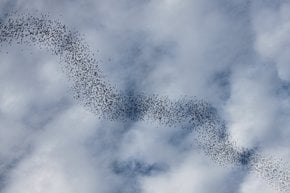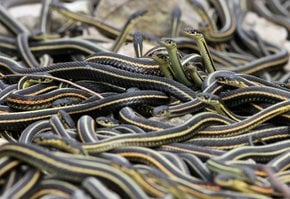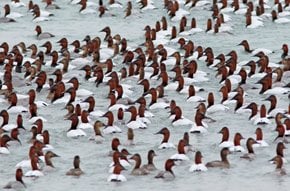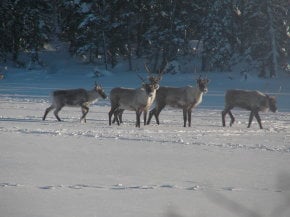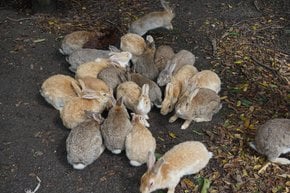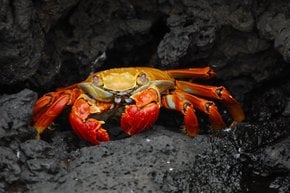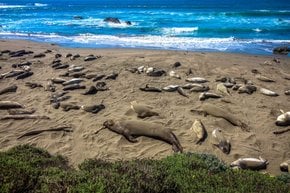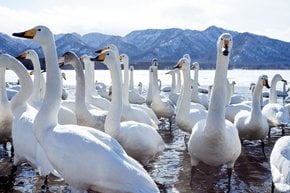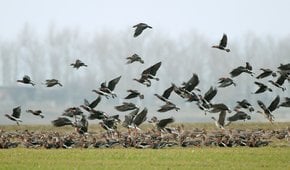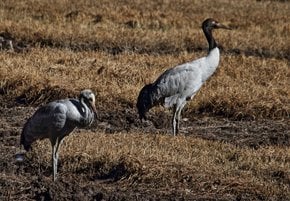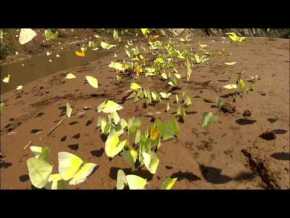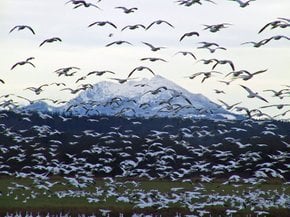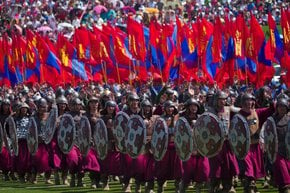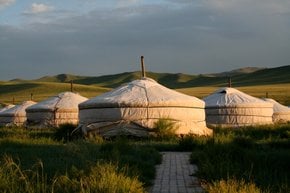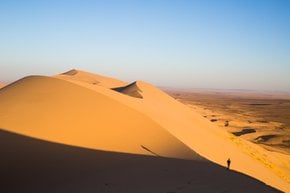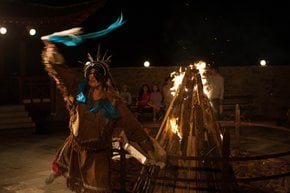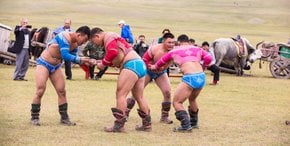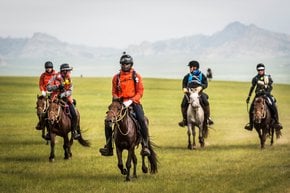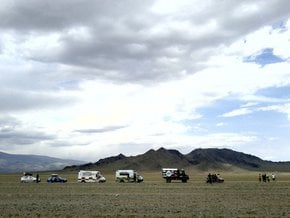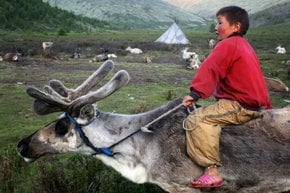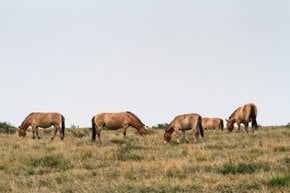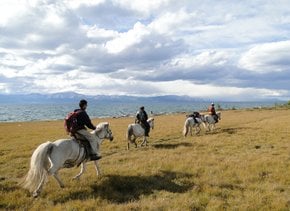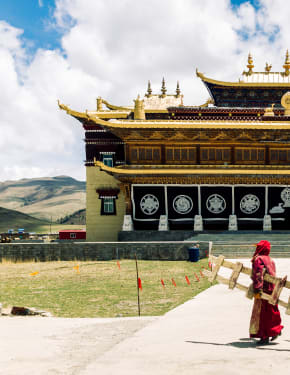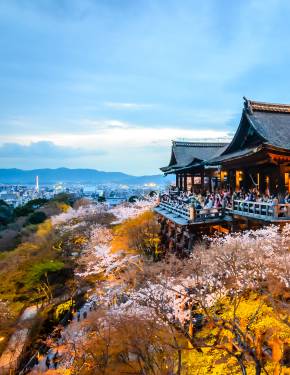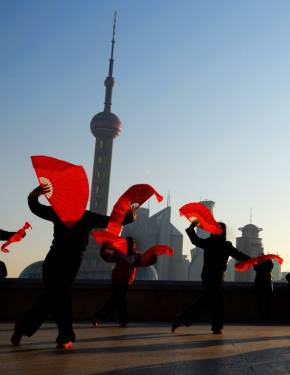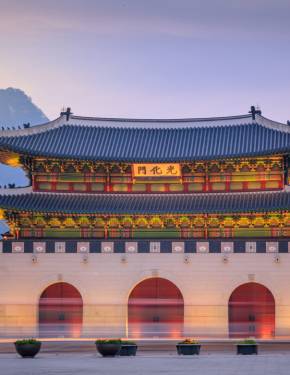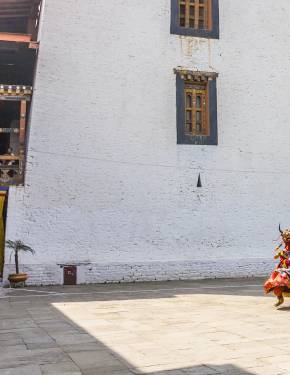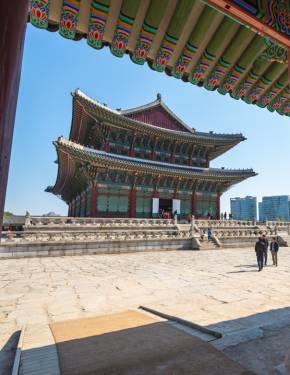Mongolian Horse 2026
Mongolian horses can be found with colouring ranging from white to gray, brownish-gray, chestnut, and black
Best time: mid-May–July
Mongolians would live a much more problematic life, if not for the horses which provide a convenient means of transportation, meat to eat, and milk to drink. The eastern steppe is renowned as a horse breeding area, especially Sükhbaatar Province and Khentii Province. However, horses are bred all across the country and differ by landscape and climate peculiarities. The steppe features the tallest horses, whereas short ones are typical for mountains. Mongolian horses also vary by colour and occur in white, black, chestnut, gray, brownish-gray, and other varieties—depending on the herdsmen's preferences. The owners respect the freedom of their horses and let them choose the pasture land on their own. Sometimes the animals are away for a few days, so the herders go to look for them but in general, a horse is quite obedient once it gets used to its rider. The best time to watch the variety of Mongolian horses is summer (mid-May to July) when they graze in masses and put on weight after the winter scarcity. Siberian conditions are considered favourable for these unpretending animals, and they are found even in the Gobi desert. But severe winters can really harm the poor animals, and they die in high numbers of starvation—this awful phenomenon is called "winter zud," and the worst thing is the helplessness of the herdsmen. Needless to say, in winter Mongolian horses lose weight, up to 30% of it, and don't appear especially attractive.

